To date, I have written three posts about Pentax Spotmatics, and I think I have used this lens in two of them. This lens was a pawn shop find in a small Southern Utah college town. Upon picking it up for the first time I wasn’t sure what I had in my hand. I wouldn’t have guessed by its size that it is a 105mm.
Built with metal and glass, this lens exemplifies the manufacturing zeitgeist of the time. It is sturdy and built to last. A lens that feels as good as it performs is just more satisfying to me. Even if a lens performs well, but doesn’t provide any satisfaction in the hand, it is destined to be re-homed. Alternately, beautifully built lens that performs poorly is likely to become an organ donor. I suppose I want to have my cake and eat it, too.
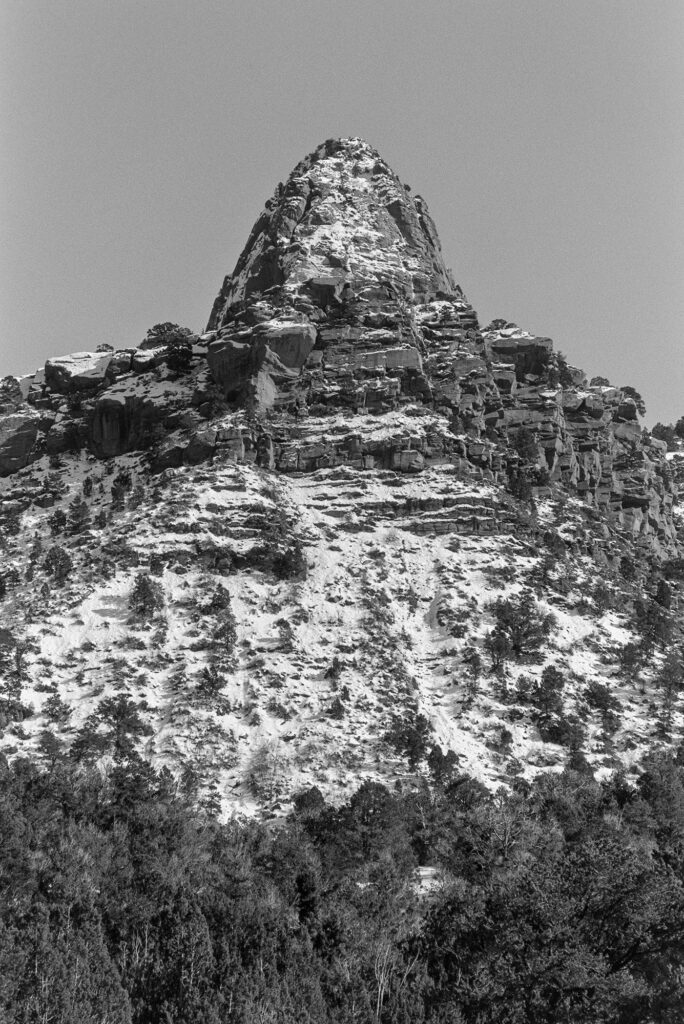
I reach for this lens whenever an M42 body goes into the bag. Handling it is as sublime as handling any vintage Super-Tak, Nikkor, Canon, Rokkor or Zuiko. Controls are all precise and smooth. Weight and space considerations are minimal due to its petite size. A screw-on metal hood provides ample protection from stray light without vignetting. One will also find the A/M (Auto/Manual) aperture switch near the mount, for bodies with stopped-down metering. This is also useful for previewing depth of field.
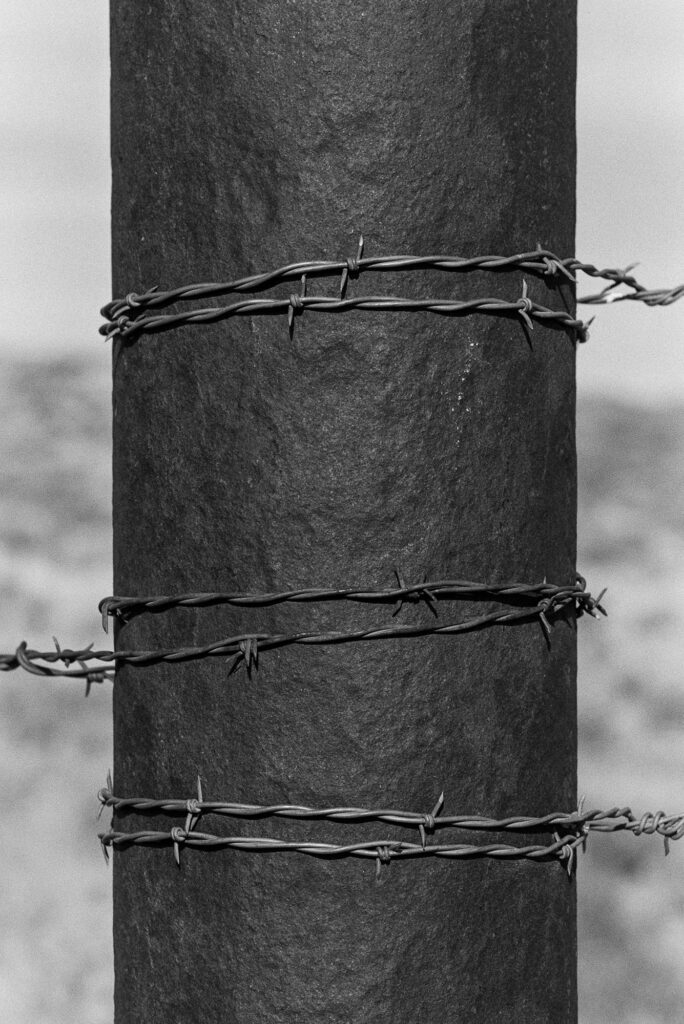
Pentax shipped this lens with a dedicated lens hood that screws onto the 49mm filter ring. It also came with a push-on cap. When storing the lens, the hood can be unscrewed, reversed, and pushed on to the front of the lens. It is designed with a friction fit just like the cap. That cap can then be pushed on to the rear of the hood, which is now at the front of the lens. It is a very elegant and compact design for storing the lens and hood while protecting the optics. Having a filter attached to the lens does not affect its functionality and provides even more protection. Somebody woke up smart that day.
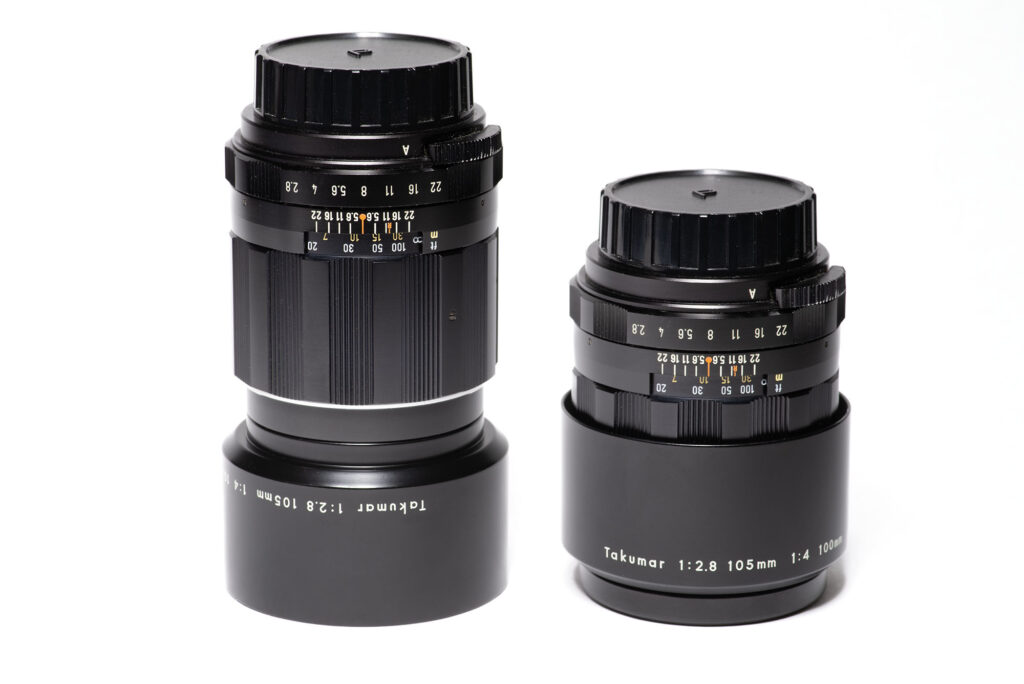
This Super-Tak performs every bit as good as it feels. It is remarkably sharp in the middle, perhaps softening toward the corners a little (this rarely bothers me). Out-of-focus background character is neutral to my eyes and does not distract. Even though it was built during an era of evolving lens coatings, it handles color very well on a digital camera. Aberrations seem well-controlled, and what little there is can be easily adjusted in post-production if desired.
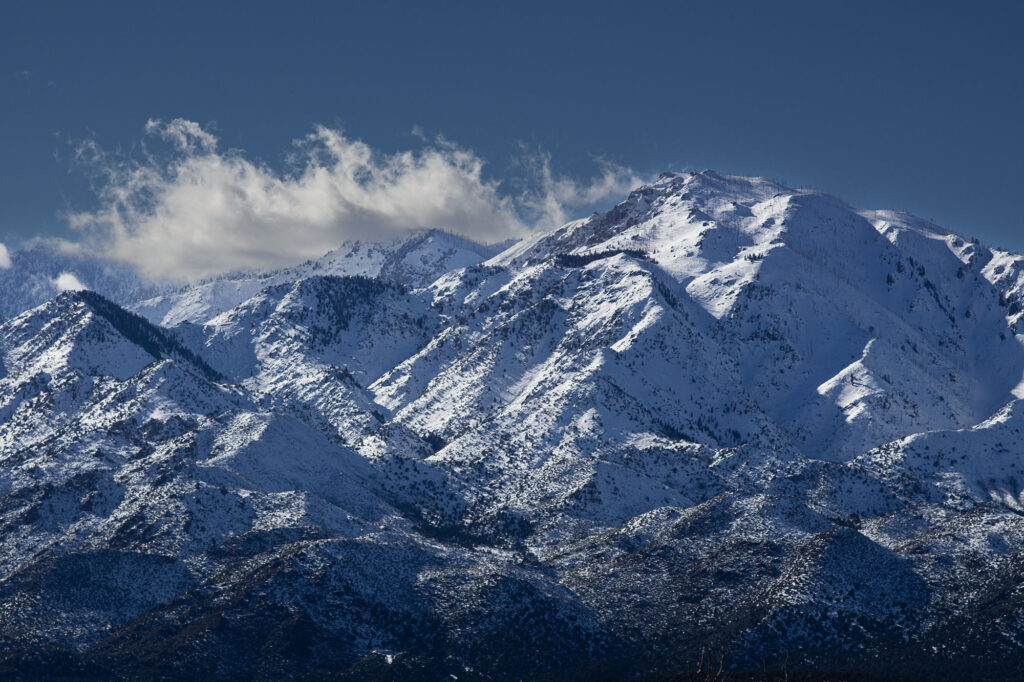
There is simply something special about this focal length. Lenses between 85mm and 135mm have traditionally been considered well-suited for portraiture. Of course, stunning portraits can be made with all focal lengths, but that general range has earned the reputation. The 105mm sits right in the middle of that range. Nikon’s 105mm f2.5 is probably the best known of the class, largely due to a single magazine cover by Steve McCurry.
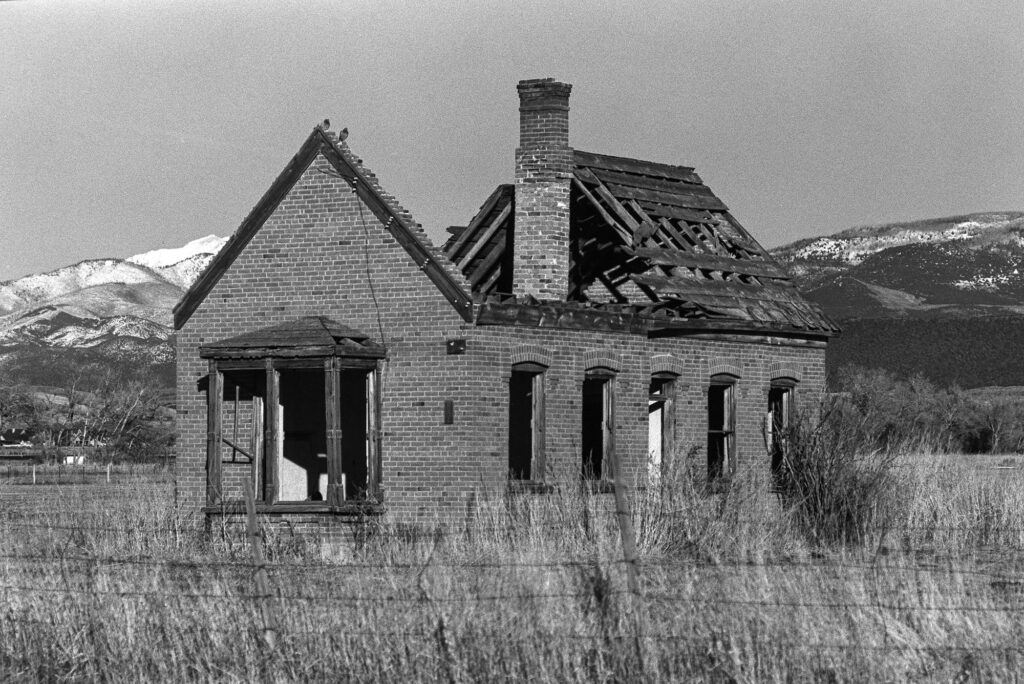
Trying to be objective about my attraction to a certain lens can be frustrating, but I think I understand why I like the 105mm. Most of the people photos I shoot now could fall into the “environmental portrait” category. When I approach this type of shoot, I usually want to include enough context in the fore or background to provide information about the subject. This type of portrait succeeds if the viewer takes in the whole image and composes a story in his or her own mind.
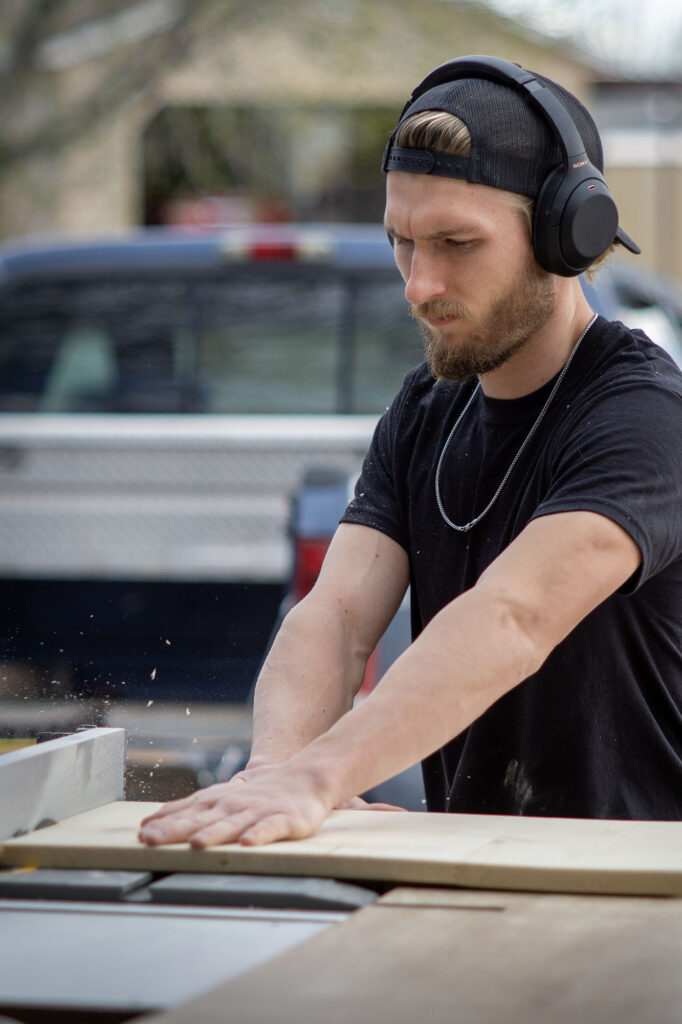
Shooting a wider lens with a small aperture and lots of depth-of-field can sometimes provide too much information, to the point of drawing the viewer’s attention away from the subject. Longer telephotos can isolate the subject against an amorphous blur, robbing the image of additional storytelling ability. A medium telephoto can bridge that gap.

Another consideration is that the distance from which the photographer takes the image affects the subject. Medium telephotos allow the photographer to operate at a distance that still allows communication while staying outside of “personal space”. For non-professional models, I have found this to be a comfortable distance. I know I tense up when somebody is inside my radius of comfort, and I try to be sensitive to that when photographing others.
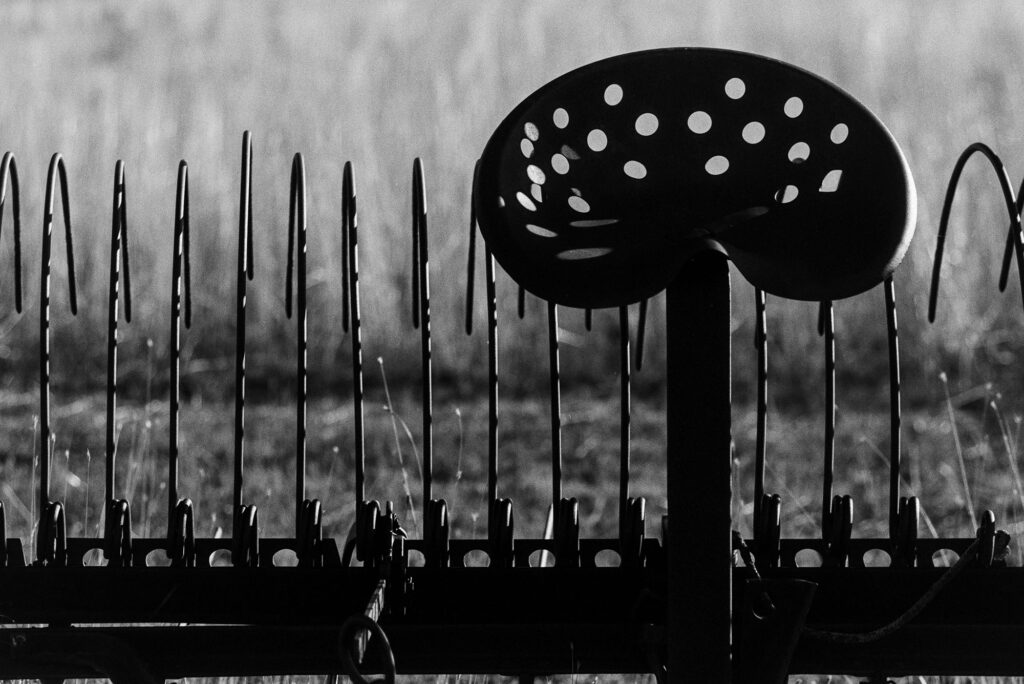
This lens can be stopped down to include background detail to any desired extent. It can also completely isolate the subject at larger apertures. Using this lens is simply pleasant. It is small and light, bright and sharp. I know it will perform as long as I have done my job of exposing and focusing properly. It aptly satisfies my affinity for vintage lenses with a low-element count.
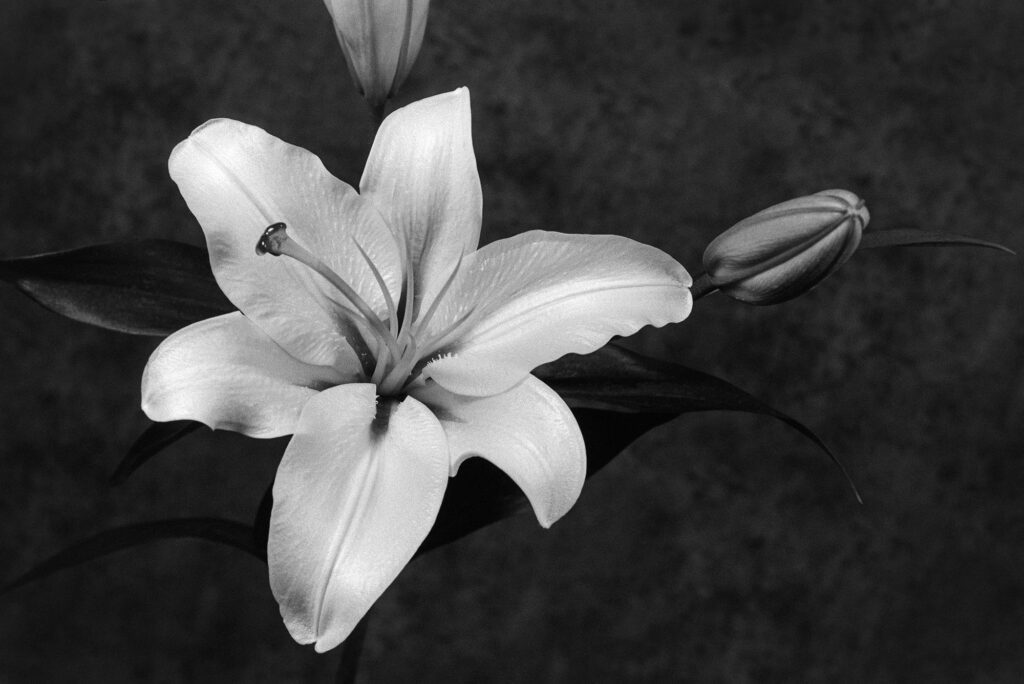
As always, this is only one simple guy’s assessment of a single copy of the lens. Online reviews give mixed opinions about this lens. This never surprises me, as tastes differ wildly and individual copies of the lens can perform differently. That said, I don’t think I got particularly lucky with a great copy…I think most of them are. My other Super-Takumars all perform beautifully and feel great in the hand. Visual and mechanical beauty seem to be consistent throughout this lens series.
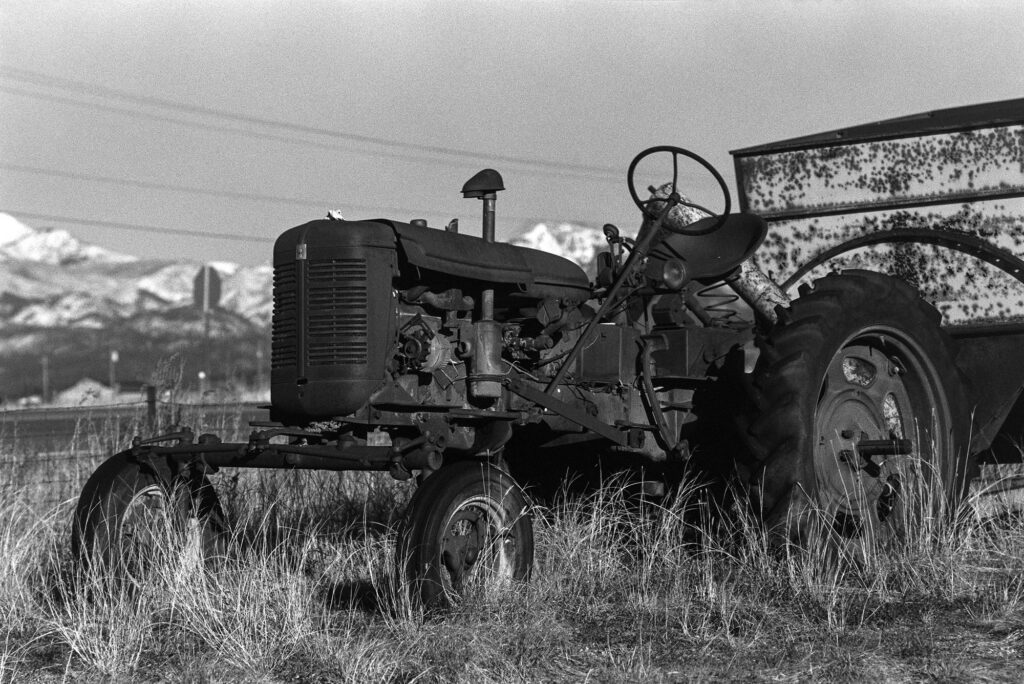
Enough gushing. Are there any cons? I’ll admit that I have a hard time comparing vintage lenses to modern lenses. What may be considered a deficiency now may have been the state of the art back then. As such, was it truly a deficiency? If you need autofocus, EXIF data, OIS, VR, or other features, then you will buy a lens that has them.
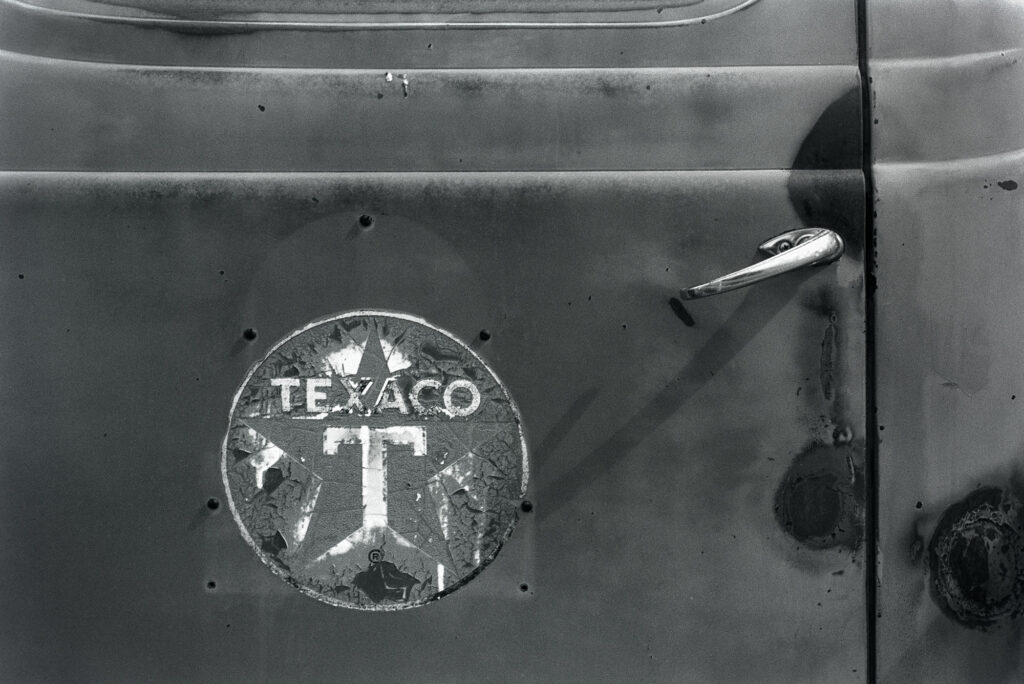
If I were to add any feature that may improve this lens today, it would be more aperture blades. To be fair, I never considered out-of-focus highlights unsightly if they weren’t round. It was simply part of photography. That said, I am now more aware of the “bokeh” as it is now part of the discussion. Fans of vintage lenses accept them for what they are. In that mindset, I can find no real disadvantages to using this lens. It is highly compact, performs beautifully, feels wonderful in the hand and does what it does with the most graceful engineering.
Specs:
Designation: Pentax Super-Takumar 105mm f2.8 (1:2.8/105)
Introduced: 1964
Mount: 42mm Pentax/Praktica screw-mount (M42)
Weight: 282g (10oz) with no caps, hood or filters
Optical Formula: 5 elements in 4 groups
Aperture: Automatic or manual control, 6 blades, slightly curved
Aperture Range: f2.8-f22. f2.8 through f16 are half stops, f16 to f22 is a whole stop.
Filter Diameter: 49mm
Hood: Dedicated metal hood, screw-on type

